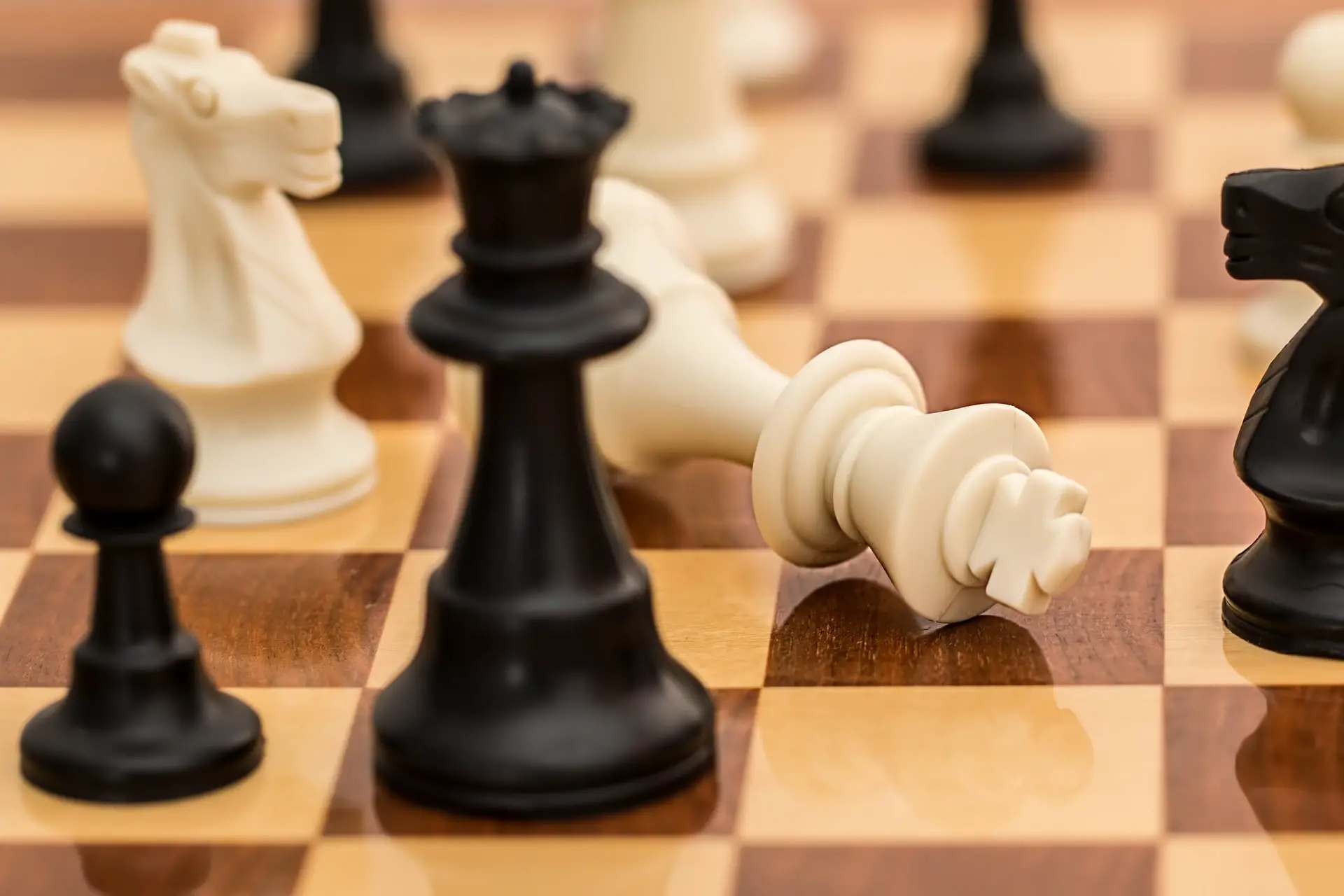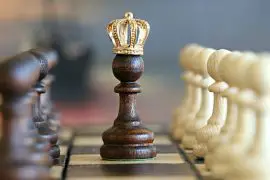Playing chess with an AI language model like ChatGPT is a unique and exciting experience that can help you improve your chess skills and have fun at the same time. ChatGPT is a language model developed by OpenAI that can understand and generate natural language, which means it can communicate with you in English and play chess with you like a human player.
In this article, we’ll explore how to play chess with ChatGPT and provide you with a beginner’s guide to getting started. We’ll explain how to set up the chessboard, how to communicate your moves to ChatGPT, and how to understand the rules of chess. We’ll also offer tips on how to improve your play and suggest resources for learning more about chess.
Playing chess with ChatGPT has several benefits, such as the convenience of not needing a physical opponent, the ability to play anytime and anywhere, and the opportunity to learn from a skilled AI model. However, there are also some challenges, such as the lack of human interaction and the potential difficulty of interpreting natural language commands.
By the end of this article, you’ll have a solid understanding of how to play chess with ChatGPT and be ready to try it out for yourself. So, let’s get started!

Setting Up the Board
Contents
Before you start playing chess with ChatGPT, setting up the chessboard correctly is important. Here’s how:
Place the chessboard in front of you with the white square in the bottom-right corner.
Position the pieces on the board as follows:
The rooks go in the corners.
The knights are next to the rooks.
The bishops are next to the knights.
The queen goes on her own color (white queen on white, black queen on black).
The king goes on the remaining square of the same color as the queen.
The pawns are placed in front of the other pieces on the second row.
Ensure that the pieces are placed correctly and that the board orientation is correct.
Now that the board is set up, creating a comfortable playing environment is time. Here are some tips:
Find a quiet and comfortable place to play where you won’t be disturbed.
Ensure the lighting is adequate so you can see the pieces clearly.
Use a chess clock if you want to add a time limit to the game.
Consider using a physical chessboard and pieces if you prefer a tactile experience.
Making Your Moves
One of the unique aspects of playing chess with ChatGPT is the ability to communicate your moves using natural language. Here’s how to do it:
Start by introducing yourself and greeting ChatGPT, such as “Hello, I’m [your name]. Let’s play chess!”
State your move in natural language, such as “Pawn to e4” or “Knight to f3”.
Wait for ChatGPT to respond with its move.
It’s important to note that ChatGPT may not understand certain language variations or abbreviations, so it’s best to keep your commands simple and clear.
Here are some examples of valid and invalid moves:
Valid moves:
Pawn to e4
Knight to f3
Bishop to c4
Castle Kingside (short castle)
Invalid moves:
Pawn to d6 (if it’s not your turn to move the pawn)
Knight to g5 (if there is a piece blocking the knight’s path)
Queen to f3 (if another piece blocks the queen’s path)
Castle queenside (if your king or rook has already moved)
ChatGPT responds to your moves by generating its own moves based on the position of the pieces on the board. It may take some time for ChatGPT to respond, especially if it needs to consider multiple possible moves. Once ChatGPT has generated its move, it will communicate it to you in the natural language.

Understanding the Rules
Before you start playing chess with ChatGPT, it’s important to understand the basic rules of chess. Here’s a brief overview:
The pieces:
King: moves one square in any direction
Queen: moves diagonally, horizontally, or vertically any number of squares
Rook: moves horizontally or vertically any number of squares
Bishop: moves diagonally any number of squares
Knight: moves in an L-shape (two squares in one direction and one square perpendicular)
Pawn: moves forward one or two squares on its first move, then one square forward on subsequent moves. It captures diagonally.
Check, checkmate, and stalemate:
Check: when a player’s king is under attack and in danger of being captured on the next move.
Checkmate: when a player’s king is in check, and there is no legal move that can be made to escape capture. The game is over, and the player in Checkmate loses.
Stalemate: when a player is not in check but has no legal moves left. The game ends in a draw.
It’s important to note that different chess variants may have slightly different rules. For example, in some variants, pawns can move two squares forward on any move, not just the first move. Some variants also have different starting positions or allow different types of moves, such as castling in all four directions instead of just kingside.
Now that you understand the basic rules of chess, you’ll be better equipped to play with ChatGPT. In the next section, we’ll provide some tips on how to improve your play and suggest resources for learning more about chess.
Improving Your Play
Playing chess with ChatGPT can be a great way to improve your chess skills. Here are some tips for getting the most out of your games:
Experiment with different openings and strategies: Try out different openings and see how ChatGPT responds. This can help you learn more about different strategies and how to respond to them.
Analyze your games: After each game, take some time to review your moves and think about what you could have done differently. Look for patterns in your mistakes and try to learn from them.
Study chess: There are many resources available for learning more about chess, such as books, websites, and coaches. Some good places to start include Chess.com, Chessable, and Chessable Courses.
Practice: The more you play, the better you’ll get. Consider setting aside regular time for playing chess with ChatGPT or other opponents.
Take breaks: Chess can be mentally exhausting, so it’s important to take breaks and give your brain a rest.
By following these tips, you can improve your chess skills while playing with ChatGPT. Remember to have fun and enjoy the game!

Conclusion
In this article, we’ve discussed how to play chess with ChatGPT, a powerful AI language model. We’ve covered topics such as setting up the board, making your moves, understanding the rules, and improving your play. Playing chess with ChatGPT can be both fun and educational, providing a unique opportunity to improve your chess skills while engaging with cutting-edge technology.
By following the tips and resources we’ve provided, you can enhance your chess knowledge and take your game to the next level. We encourage you to try playing chess with ChatGPT yourself and share your experiences with others. Whether you’re a beginner or an experienced player, playing chess with ChatGPT can be an exciting and rewarding experience. So why not give it a try today?
Want a guide on how to get better at chess? Read it here.





